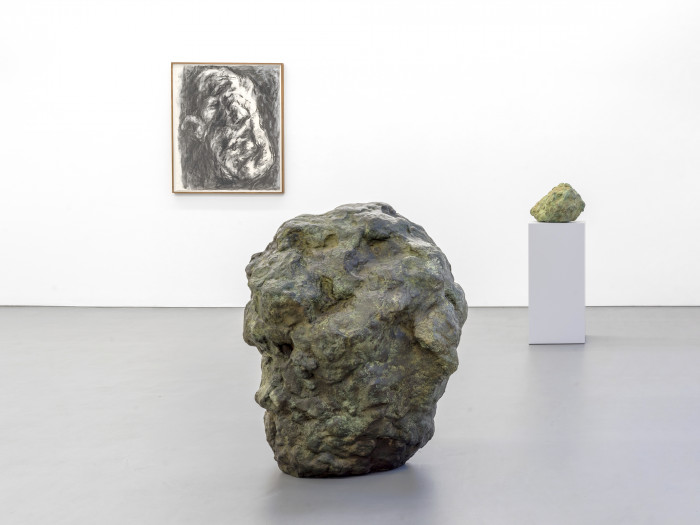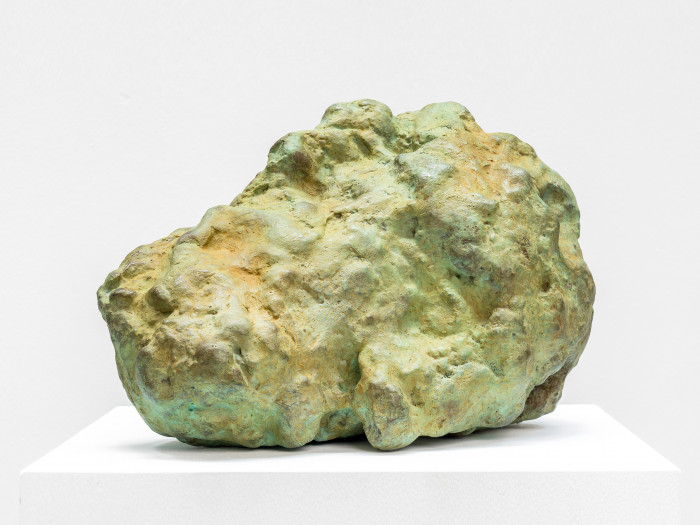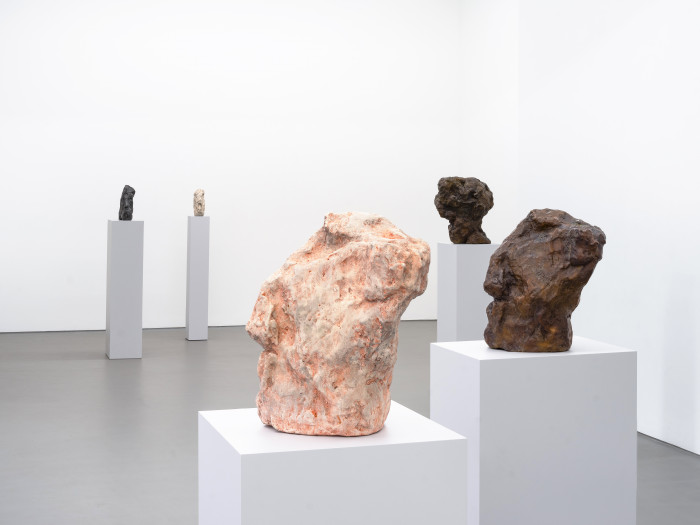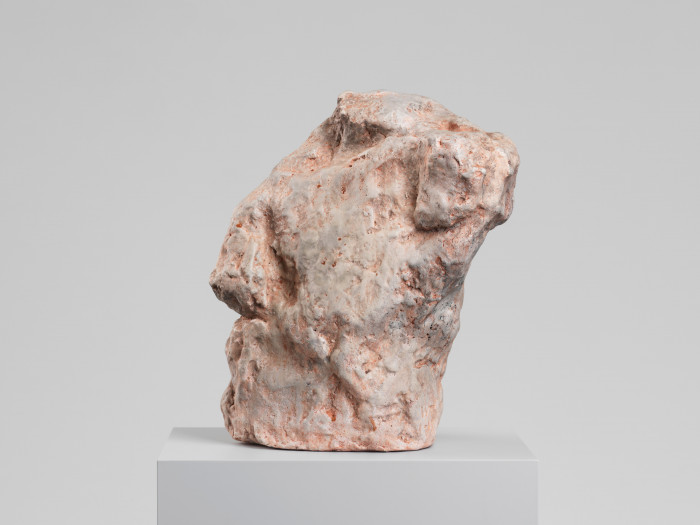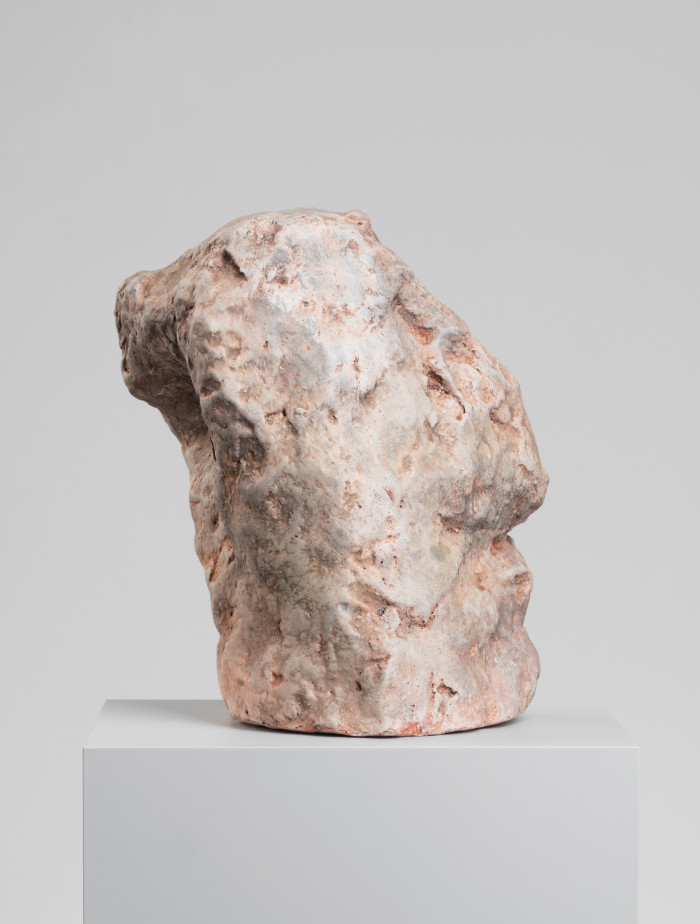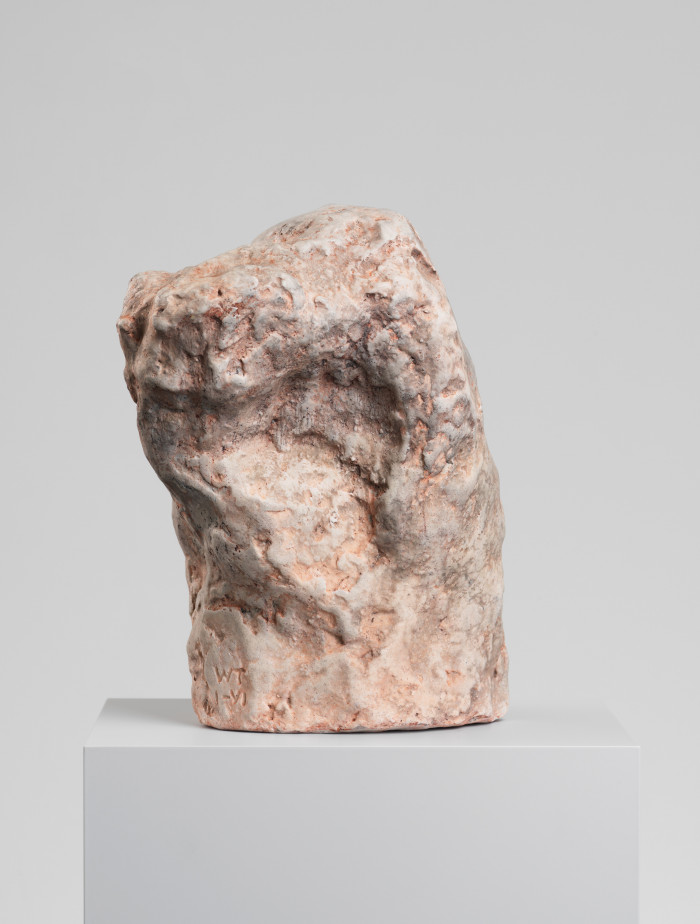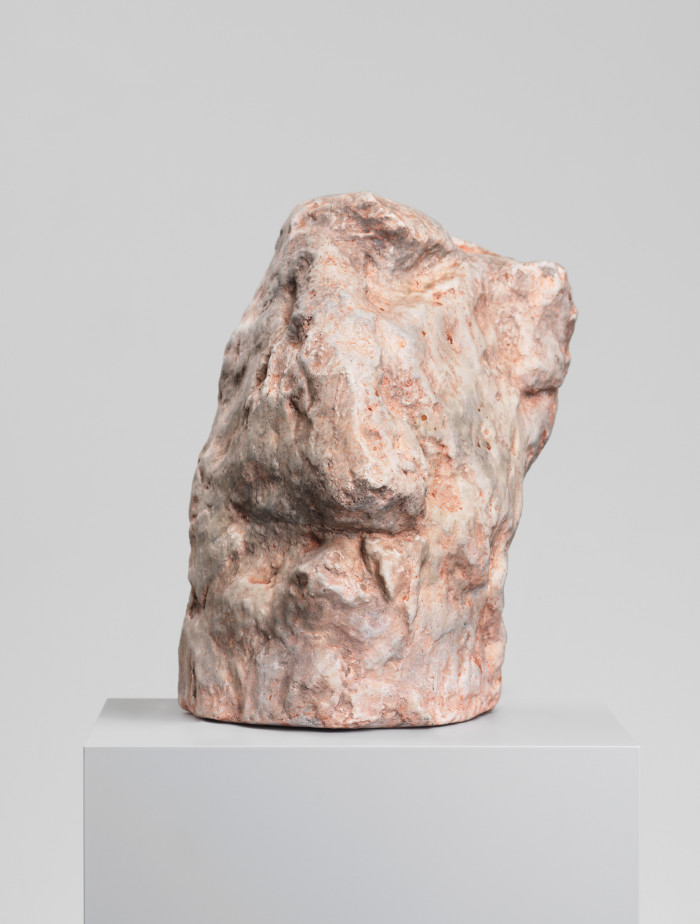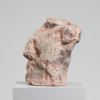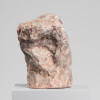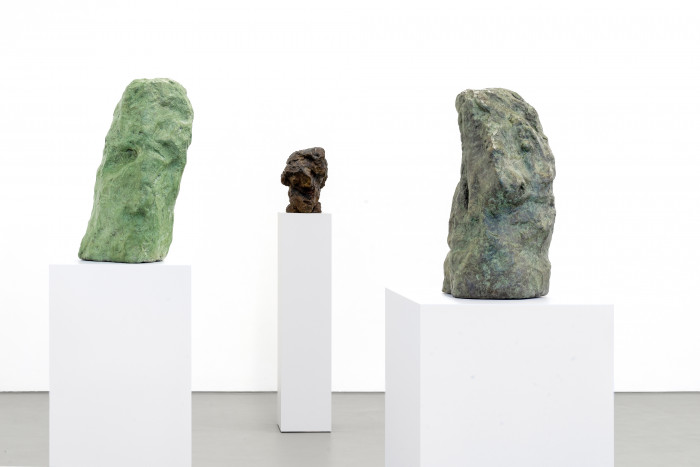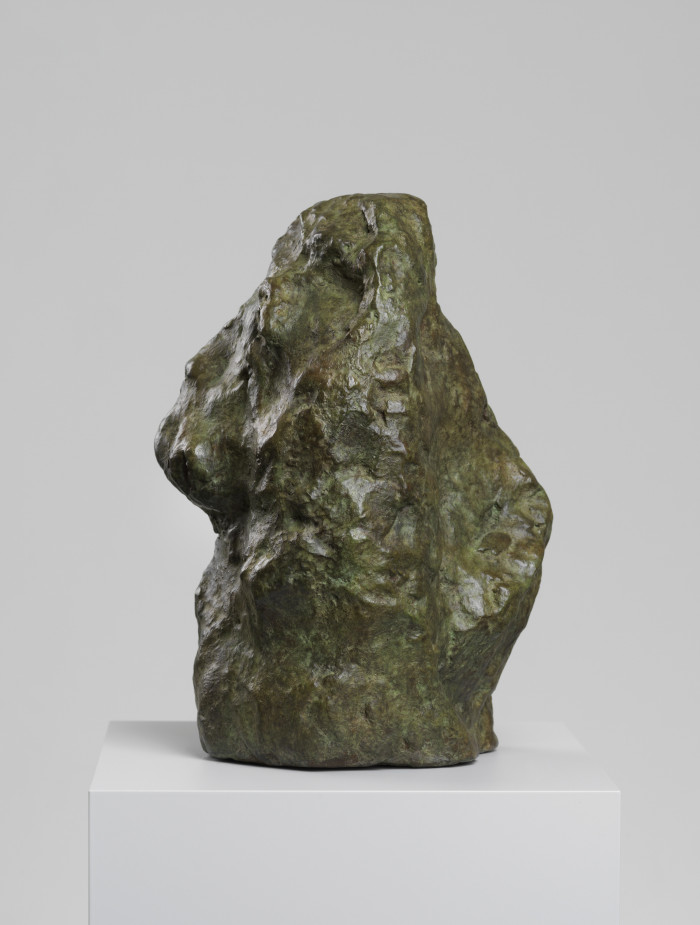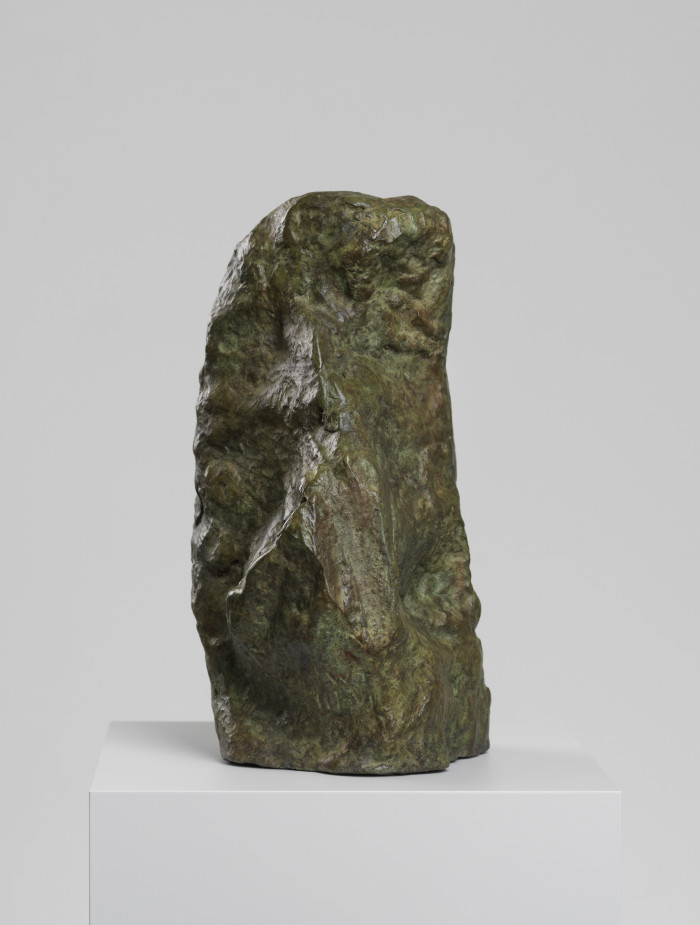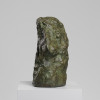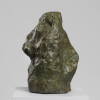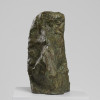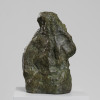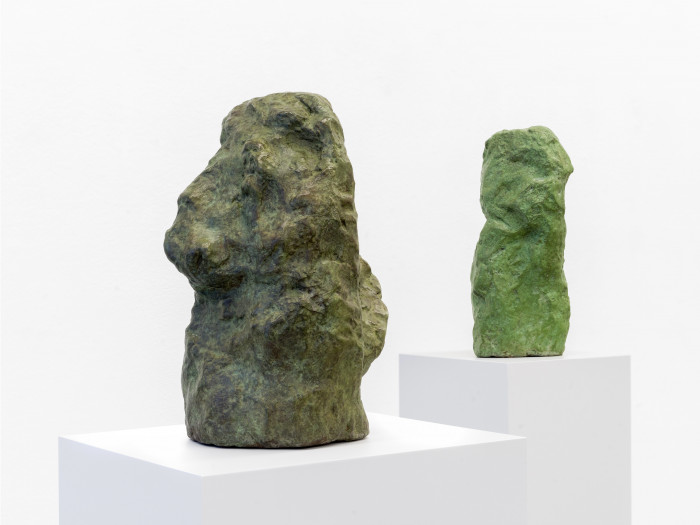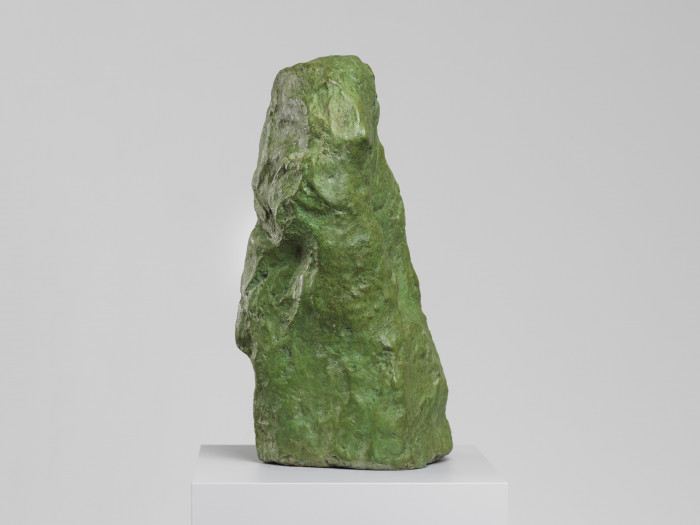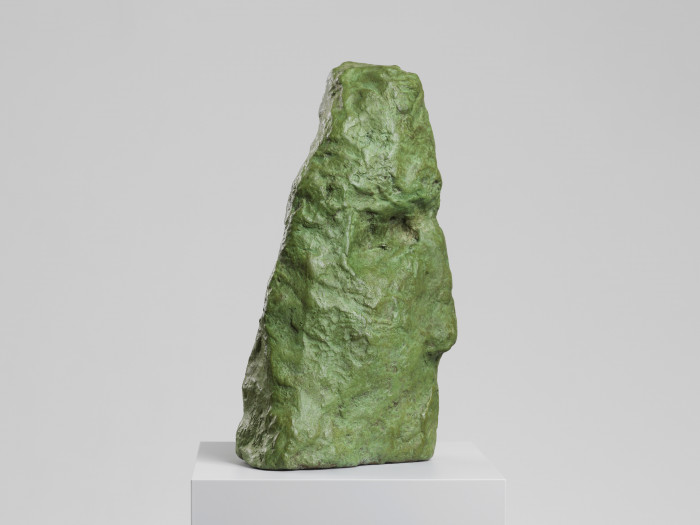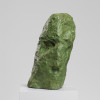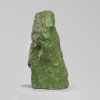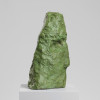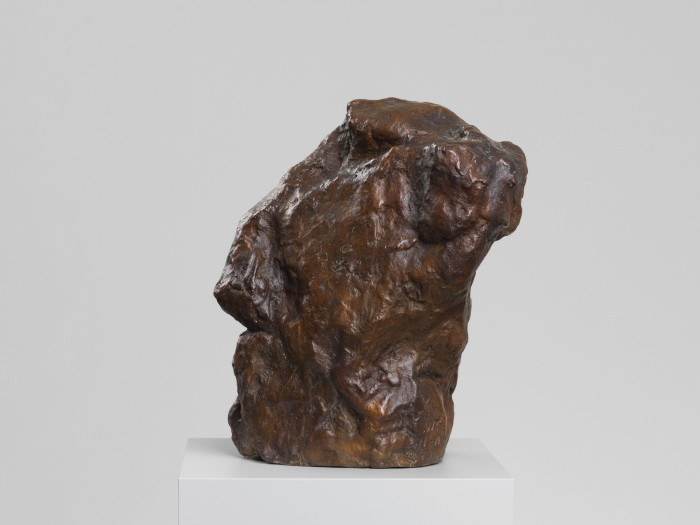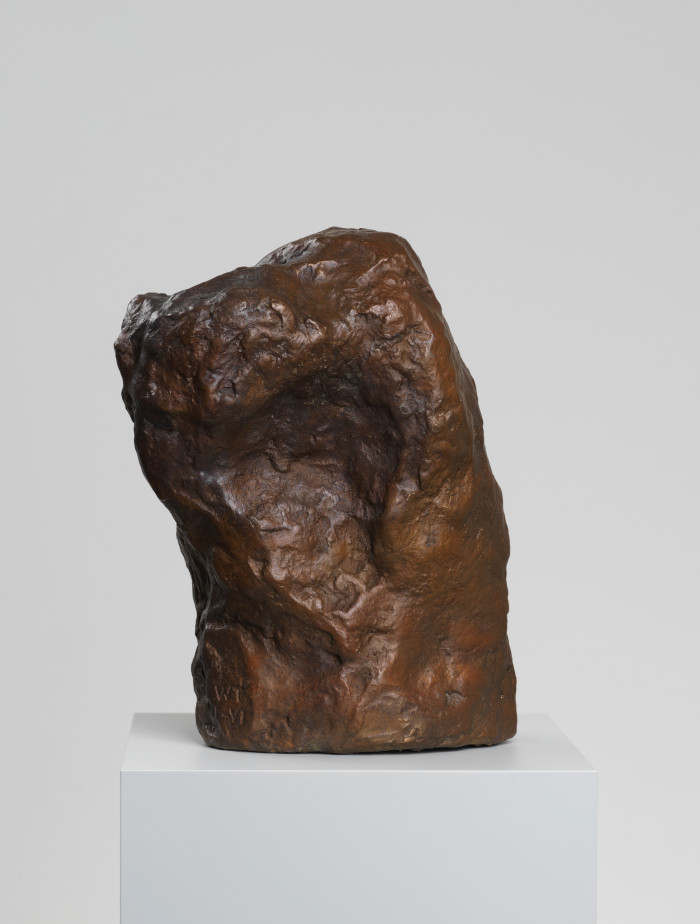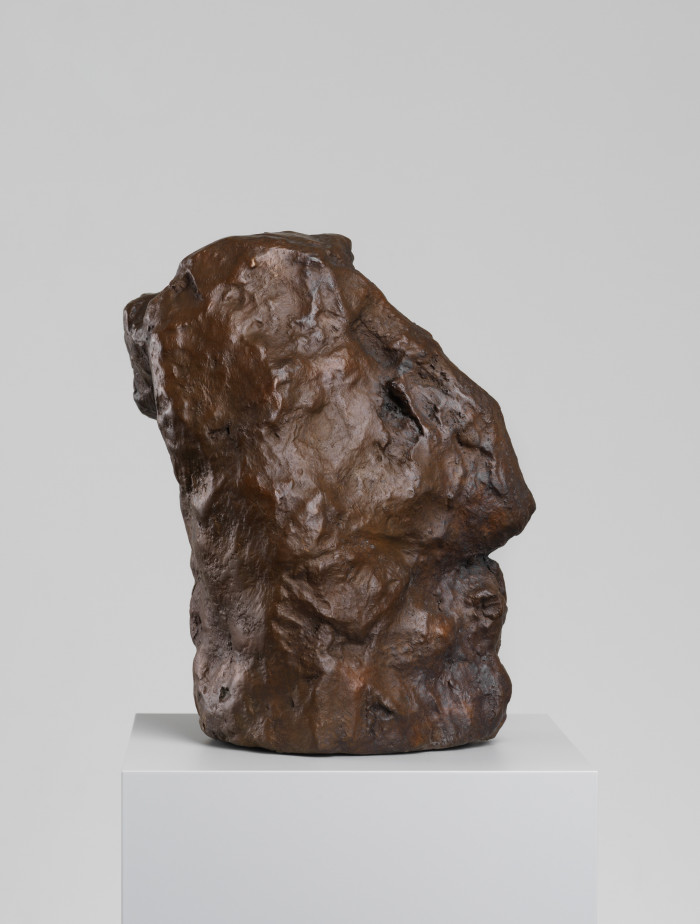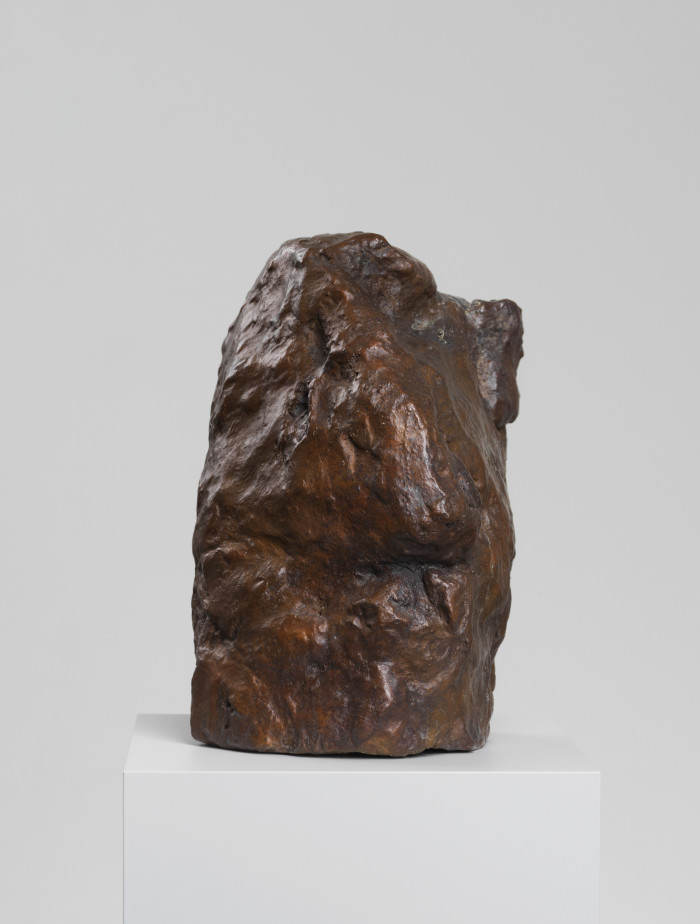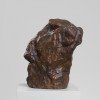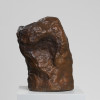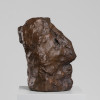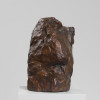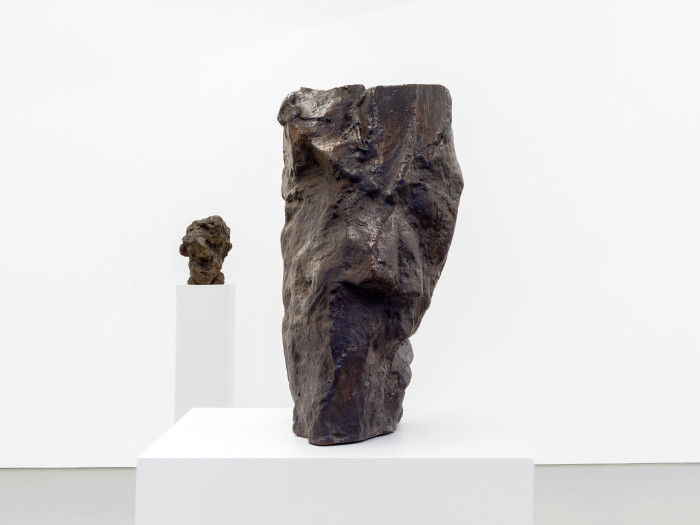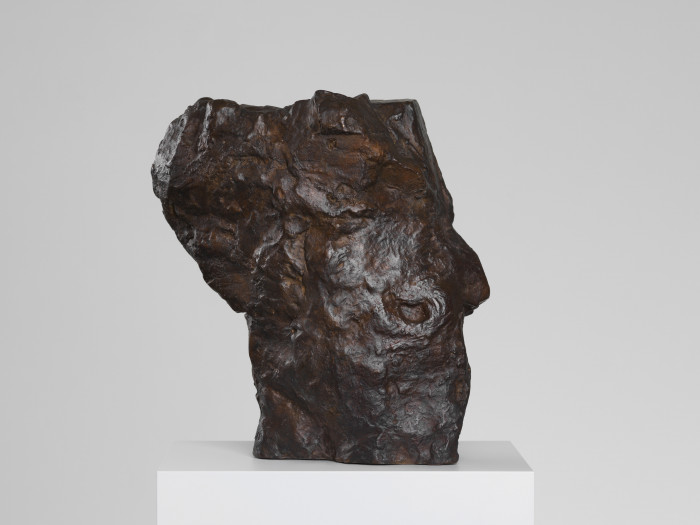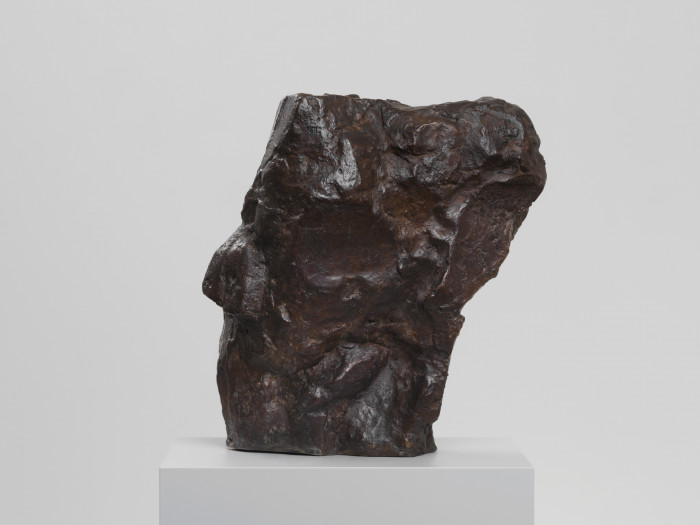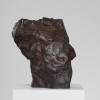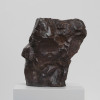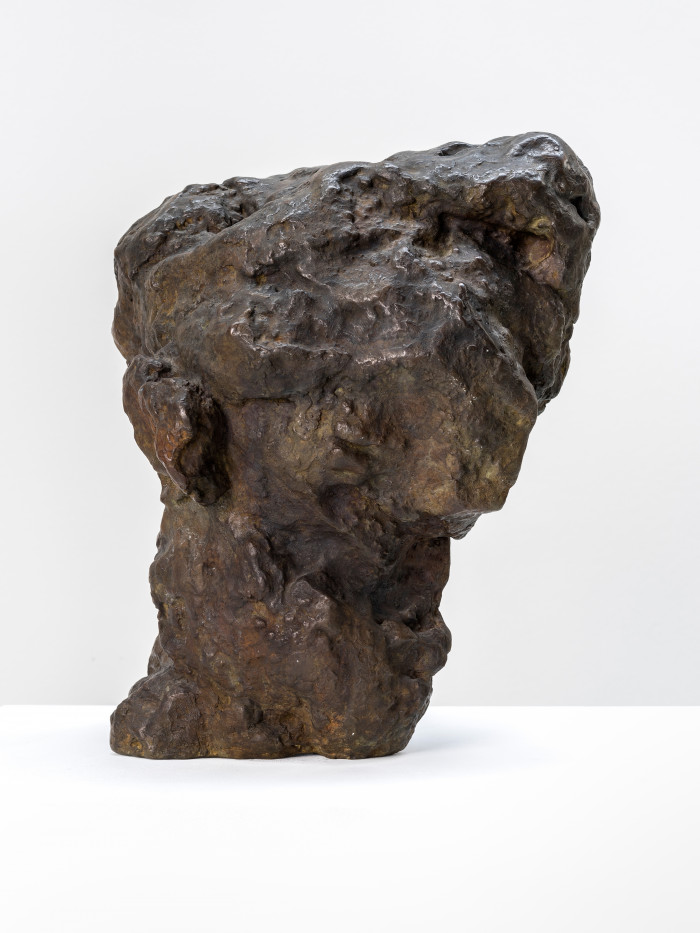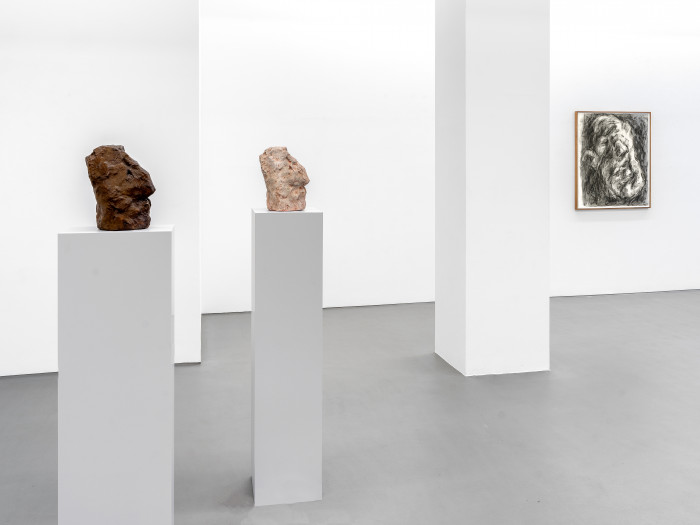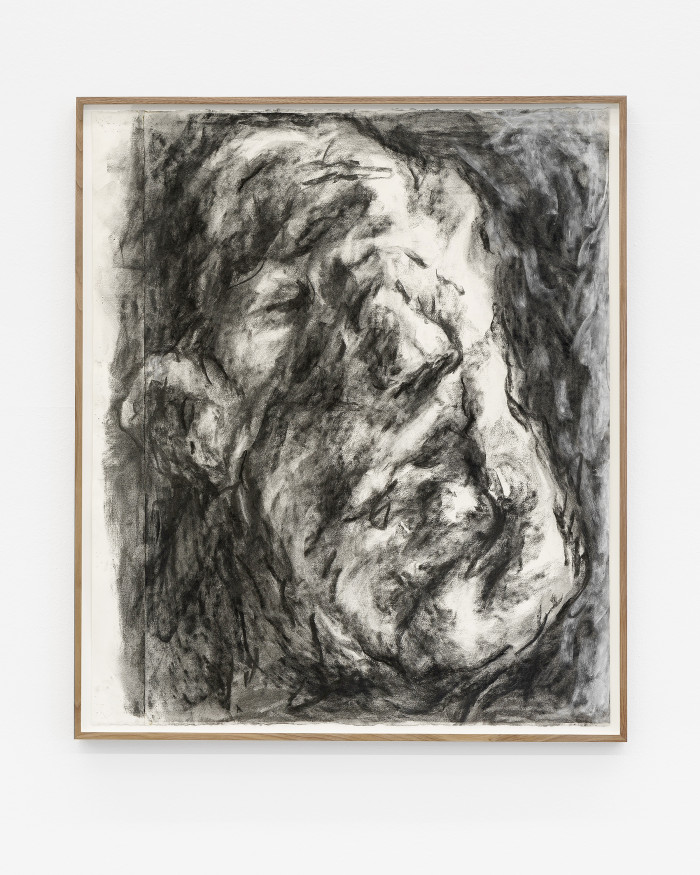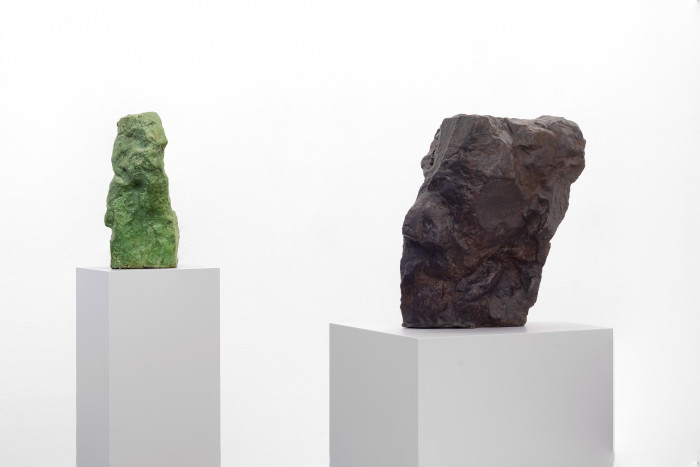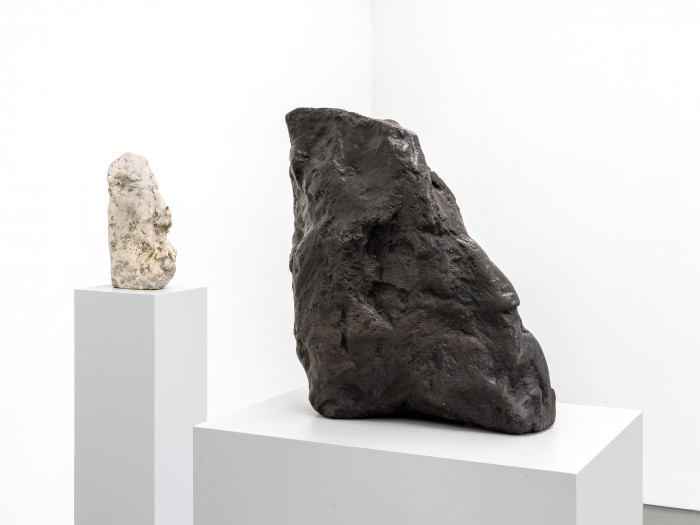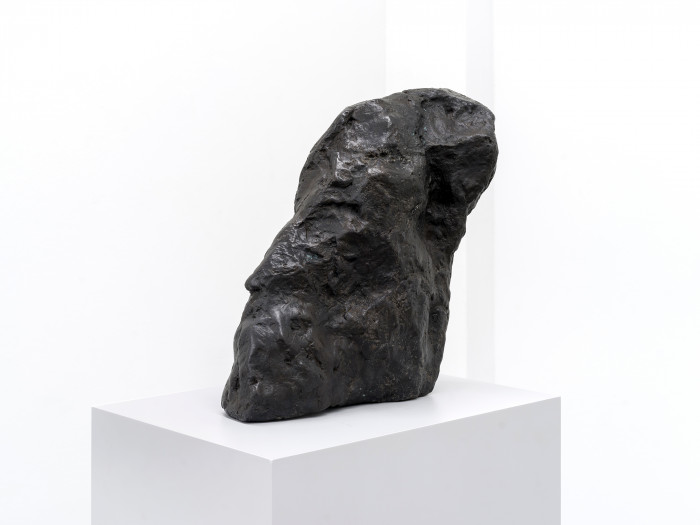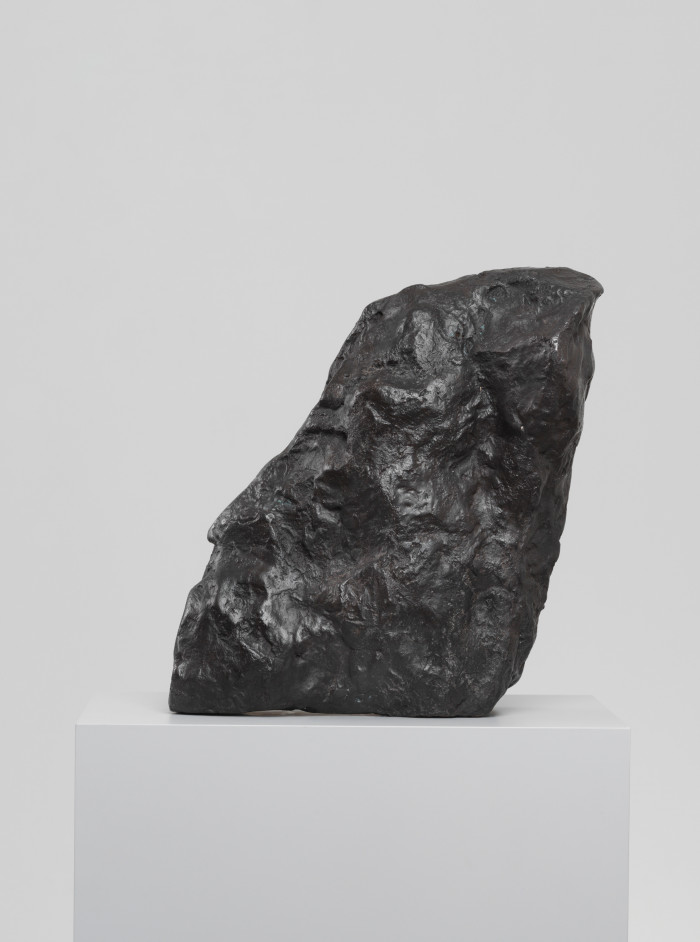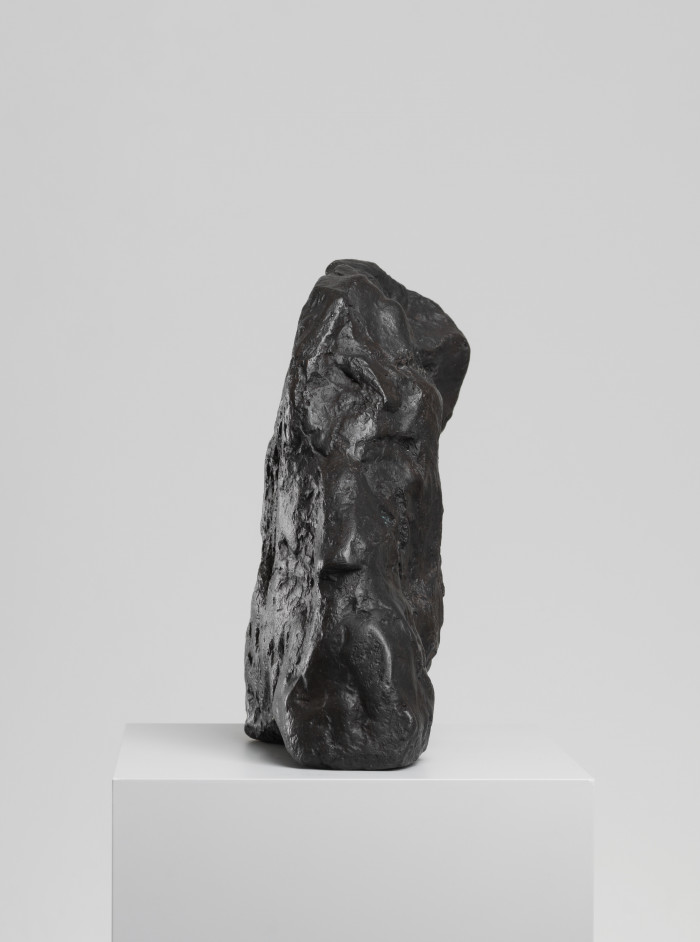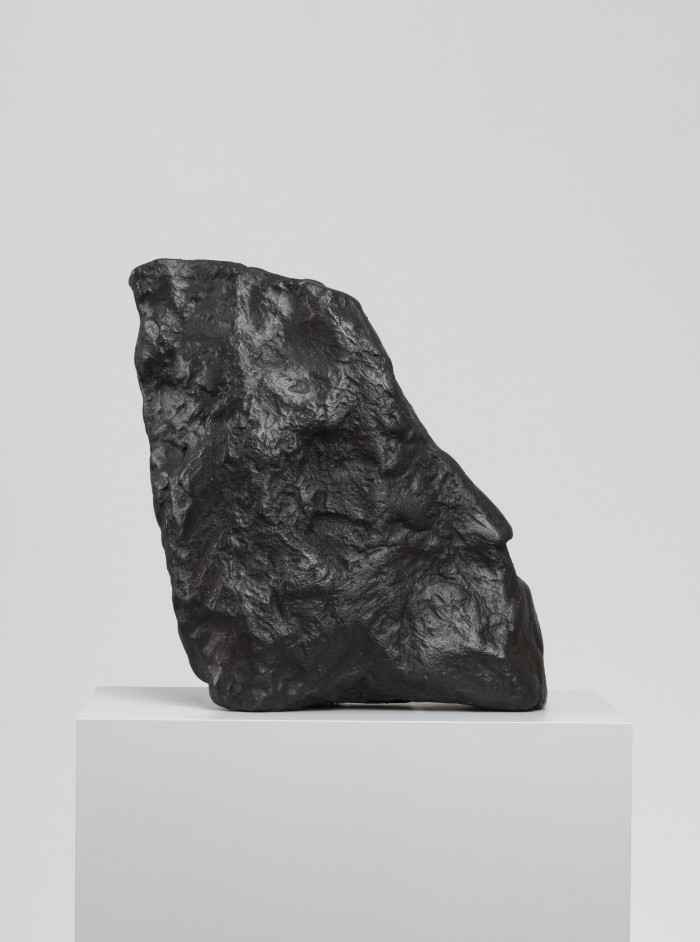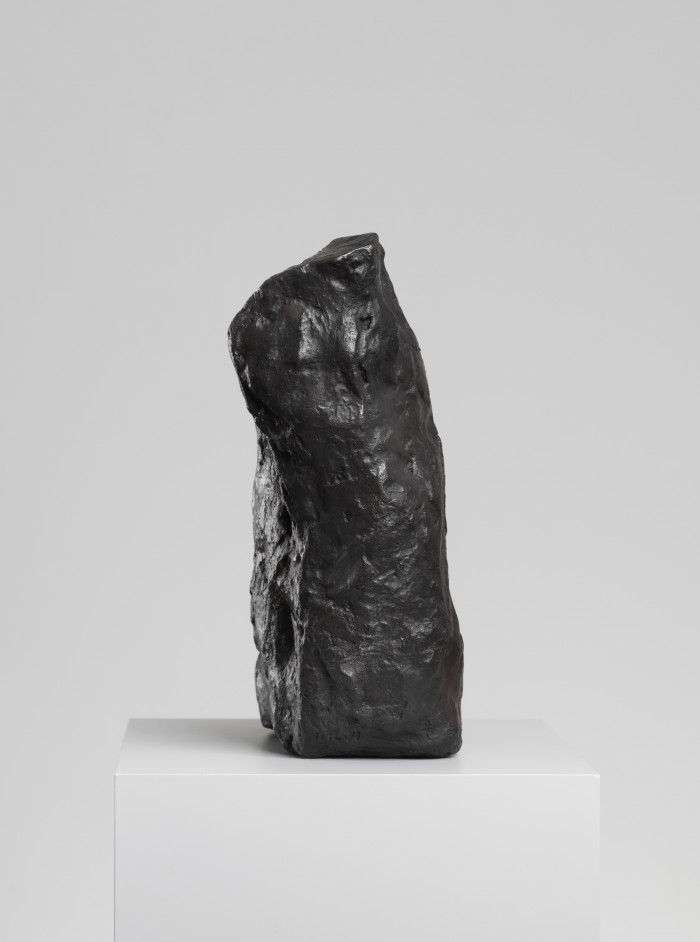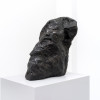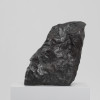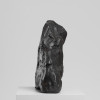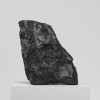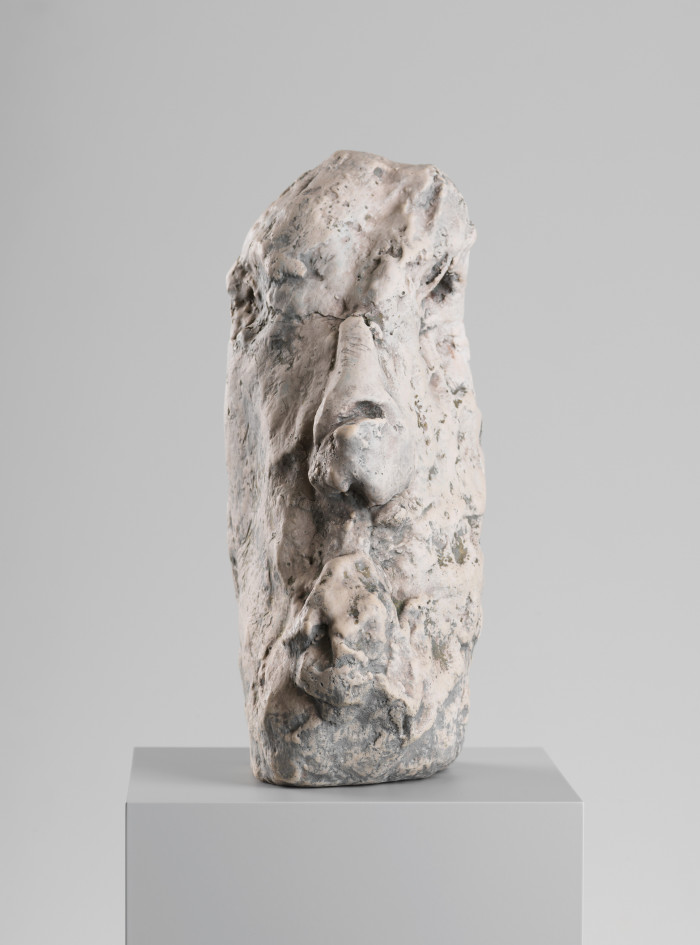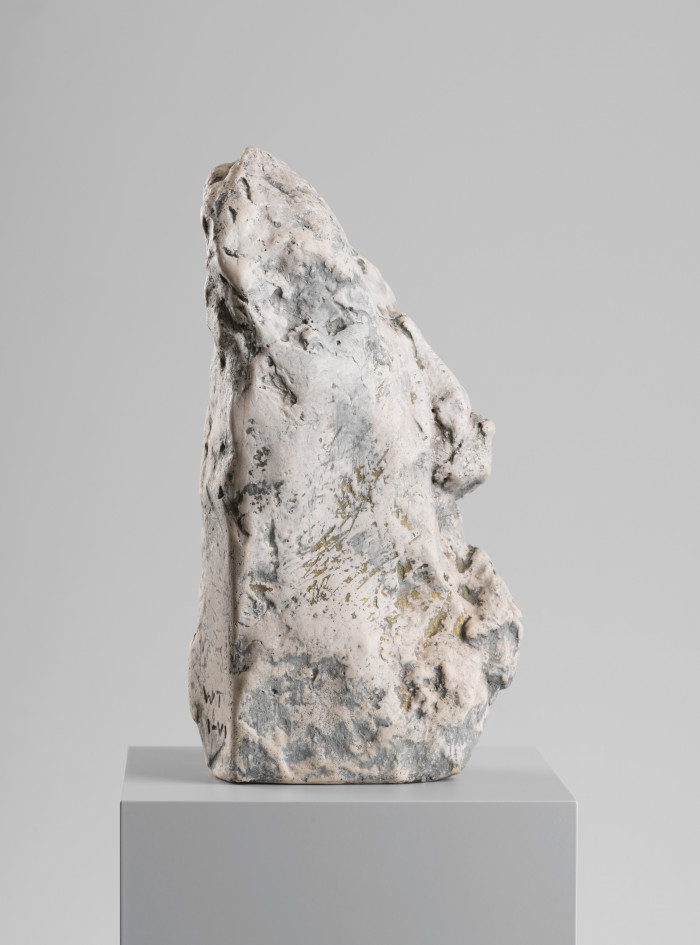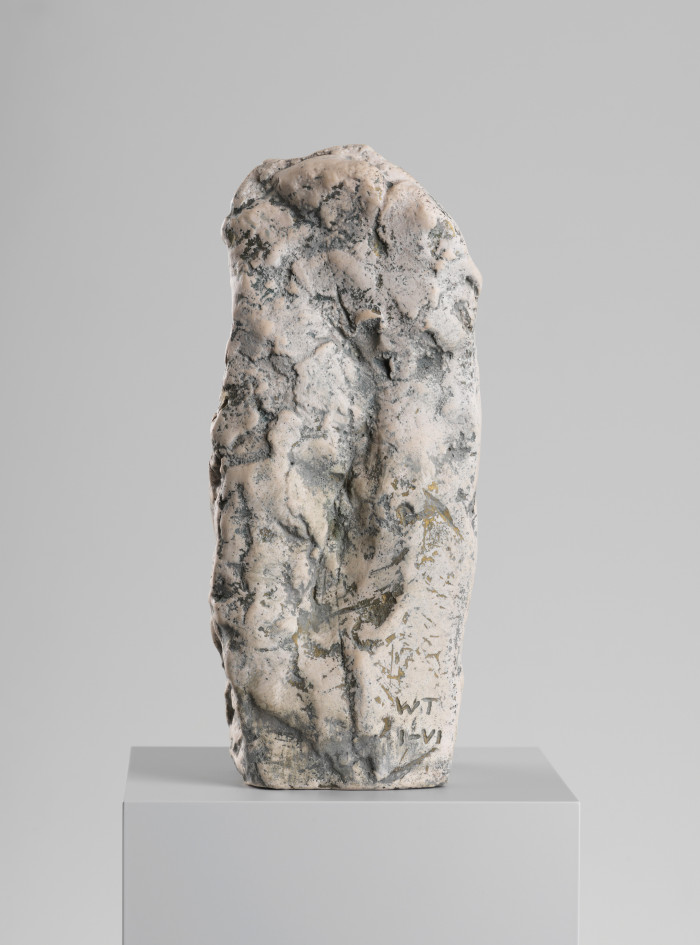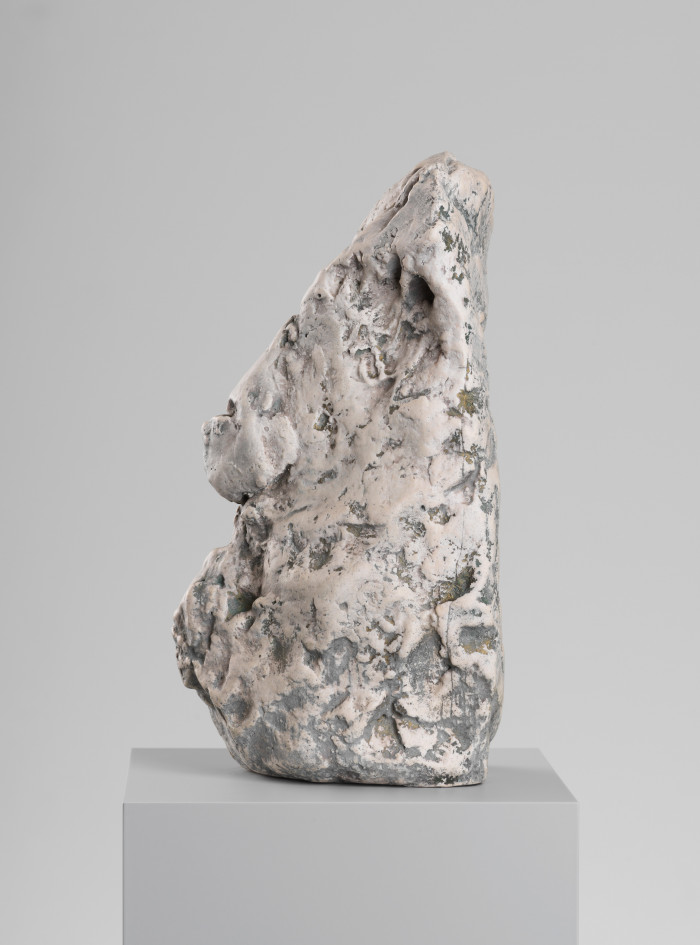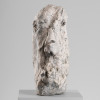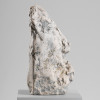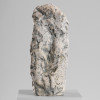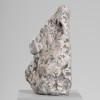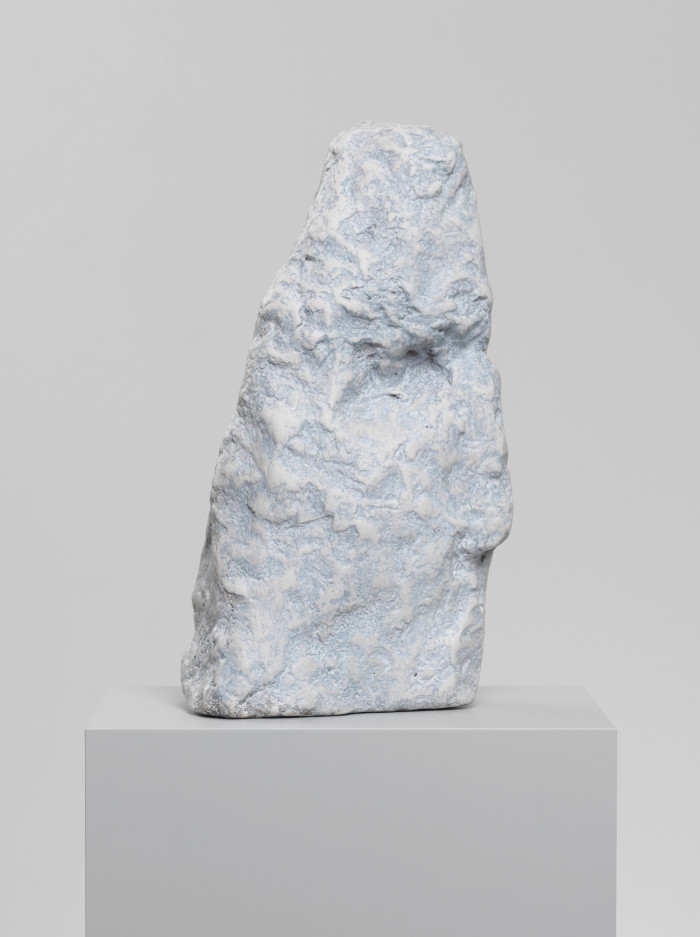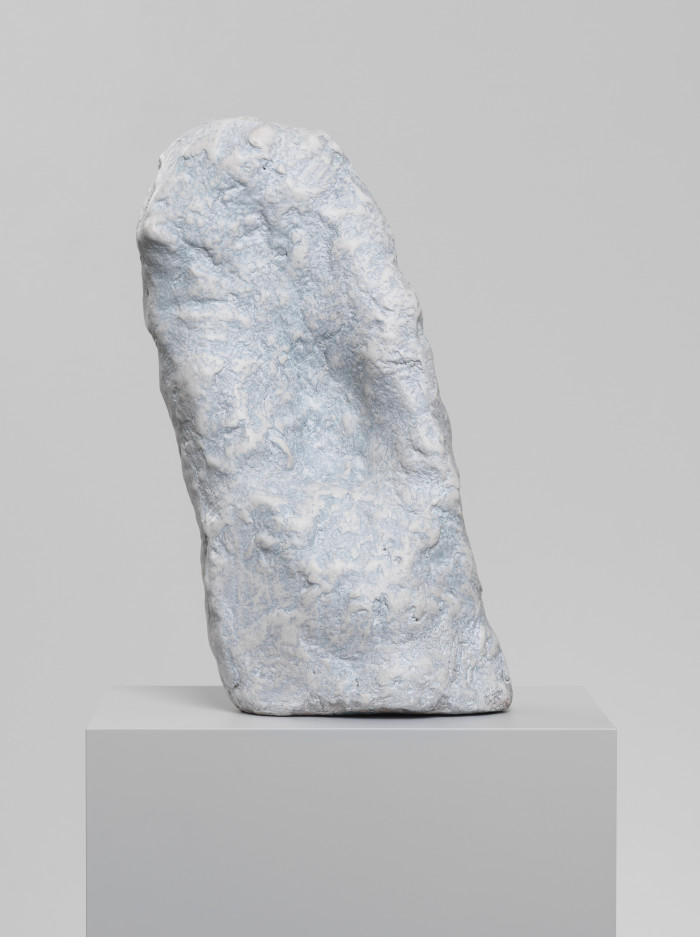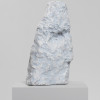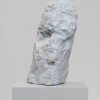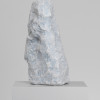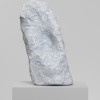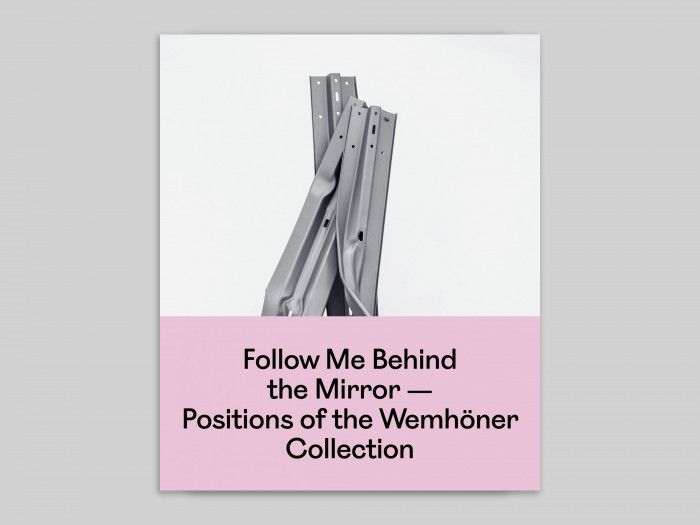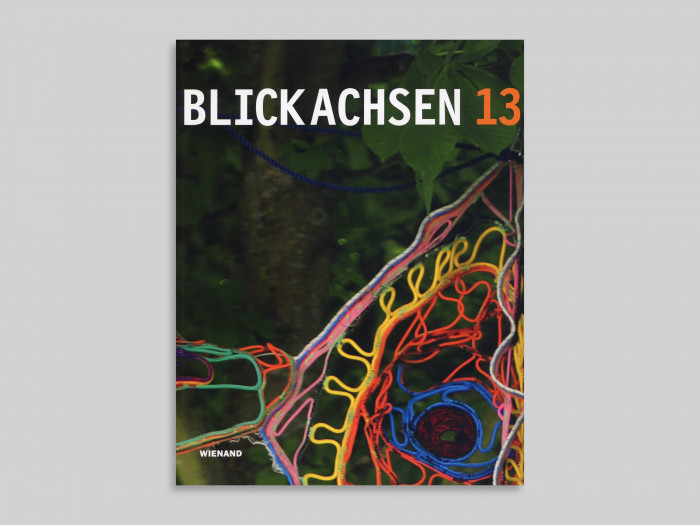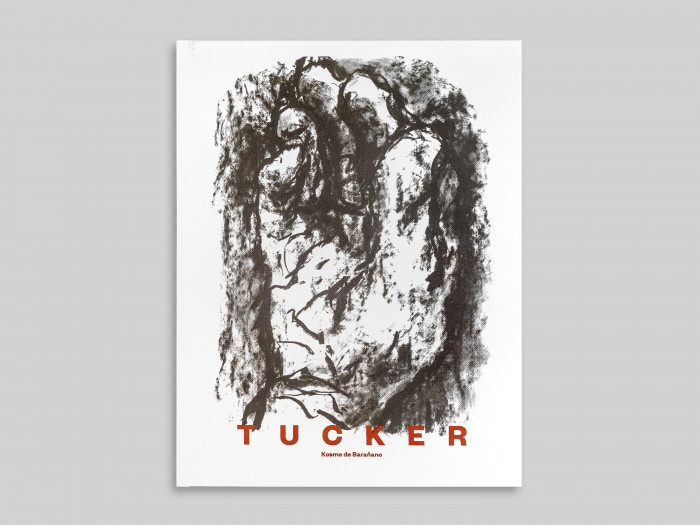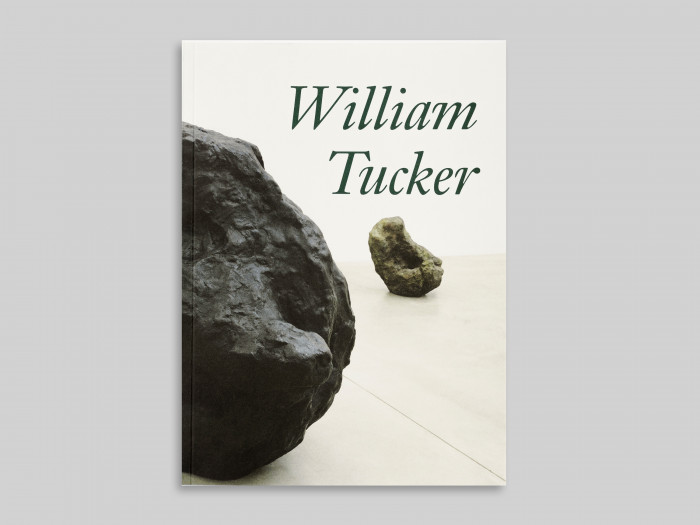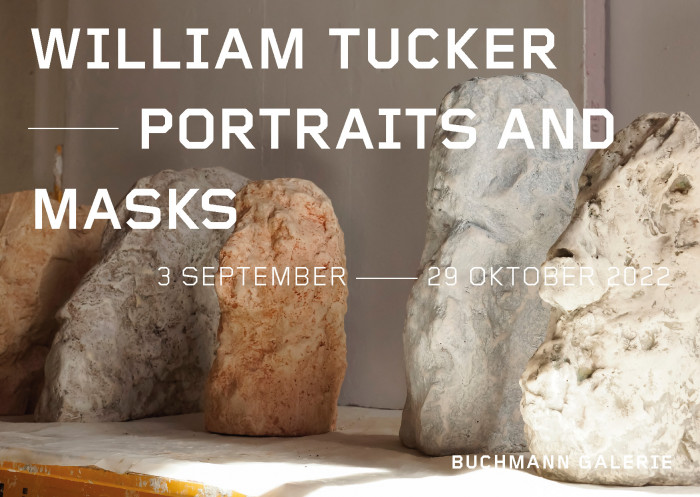
William Tucker Portraits and Masks
The Buchmann Galerie is pleased to announce the two-part exhibition Portraits and Masks by William Tucker.
Tucker’s preoccupation with the subject of the head in sculpture, oscillating between portrait and mask, between bust and form, is the focus of the artist’s fifth solo exhibition at the gallery. The first part of the exhibition offers insight into Tucker’s historical bronze sculptures, while the second part concentrates on the most recent production of the British American sculptor and art theorist, who was born in 1935.
The development of William Tucker’s bronzes since the 1980s was preceded by a fundamental break with his constructivist and minimalist practice, which had secured him a place among radical and avant-garde artists since the early 1960s. After a period studying intensively modernist sculpture and publishing theoretical texts in various art journals, in the mid-1980s, Tucker began to create modelled works in plaster that oscillate between figure and pure form and carry within them the subtle moment of transition from the amorphous mass from which they emerged to “legible” figures.
The first part of the exhibition focuses on the group of Imaginary Portraits from 1997 and 1998. These sculptures mark an important shift in Tucker’s practice: by taking a significant fragment of the body, the head, and transforming it into a fictional portrait, Tucker is able to stretch the tension between abstraction and figuration even further. Thus, the Imaginary Portraits become “characters”. William Tucker explains this in a conversation with Joy Sleeman: “Character can emerge from a process, as opposed to ‘identity’ which is a foregone conclusion.” In these eight sculptures, William Tucker saw an opportunity to harness the potential power of images: to confront the repressed and capture the figuration that haunted abstract sculpture.
The second part of the exhibition, which opens in the presence of the artist on 30 September, hones in on Tucker’s latest group of works, titled Masks. Masks have been associated with ritual and cultural social practices since the beginning of human history, testifying to our enthusiasm for the possibility of (symbolic) transformation that reaches across cultures and times. The mask had a defining influence on Western culture, above all through its use in the theatre of Greek antiquity. The Latin name for the masks worn there – persona – still shapes our concept of the subject today. Tucker’s sculptures, which also contain the name of a person in the title (one work, for example, is called Mask for Michael), are made from cast bronze or plastic and are characterized by a form that oscillates between abstraction and the image of a mask, whereby the “character” appears once again fragmented here.
William Tucker’s book The Language of Sculpture, with its revolutionary view of modern sculpture from Degas and Rodin to Brancusi and Matisse, was published in 1974 and met with a great response, including from sculptors such as Tony Cragg and Richard Deacon. The Chinese edition of The Language of Sculpture was published in 2016.
A new anthology of Tucker’s writings is soon to be published, edited by Dieter Schwarz, former Director of the Kunstmuseum Winterthur.
Important works by the artist are represented in numerous international public and private collections, including the Solomon R. Guggenheim Museum, New York; Hirshhorn Museum and Sculpture Garden, Washington, DC; Louisiana Museum of Modern Art, Humlebæk, Denmark; The Margulies Collection, Miami, FL; The Metropolitan Museum of Art, New York; The Museum of Modern Art, New York; Rijksmuseum, Amsterdam; and Tate Gallery, London.
For further information about the artist and the exhibition, and for images, please do not hesitate to contact the gallery.
First opening: Saturday, 3 September, 11 am - 6 pm
Second opening in the presence of the artist: Friday, 30 September, 6-8 pm

William Tucker
Born 1935 in Cairo, Egypt
Lives and works in Massachusetts, USA
| 1959-1960 | Studies at St. Martin’s College of Art and Design, London |
| 1955-1958 | Studies at University of Oxford, England |
| 2011 | Elected as honorary National Academician, National Academy Museum, New York |
| 2010 | Lifetime Achievement Award, International Sculpture Center, Hamilton |
| 2009 | Jack Goldhill Award for Sculpture, Royal Academy of Arts, London |
| 1995 | Rodin-Moore Memorial Prize, Second Fujisankei Biennale Hakone Open-Air Museum, Japan |
| 1991 | Sculpture Center Award for Distinction in Sculpture |
| 1980 | Guggenheim Fellowship |
|
1968-1970 |
Gregory Fellowship in Sculpture, University of Leeds |
Aberdeen Art Gallery, Scotland
Arkansas Art Center, Little Rock, AK
Art Gallery of New South Wales, Sydney, Australia
Arts Council of Great Britain, London
British Council, London
The British Museum, London
City of Bilbao, Spain
Contemporary Art Society, London
Florida International University, Miami, FL
Solomon R. Guggenheim Museum, New York
The Hakone Open-Air Museum, Tokyo, Japan
High Museum of Art, Atlanta, GA
Hirshhorn Museum and Sculpture Garden, Washington, D.C.
Kröller-Müller, Otterlo, The Netherlands
Louisiana Museum of Modern Art, Humlebæk, Denmark
The Margulies Collection, Miami
The Metropolitan Museum of Art, New York
The Museum of Fine Arts, Houston
The Museum of Modern Art, New York
National Gallery of Victoria, Melbourne, Australia
Rijksmuseum, Amsterdam, The Netherlands
Storm King Art Center, Mountainville, NY
Peter Stuyvesant Foundation, Newcastle-upon-Tyne, England
Tate Gallery, London
Victoria and Albert Museum, London
Walker Art Center, Minneapolis, MN
